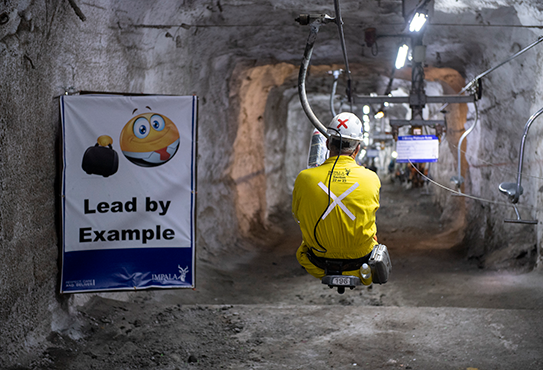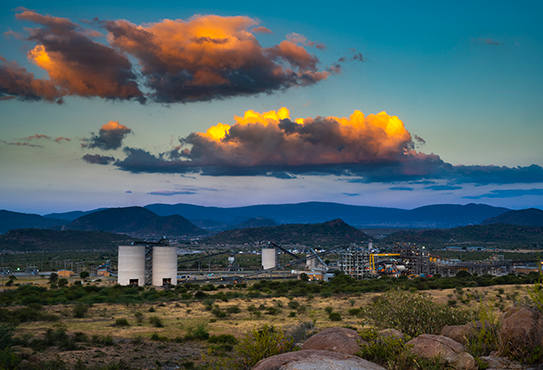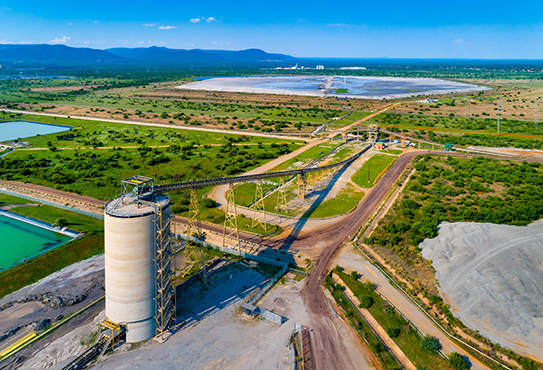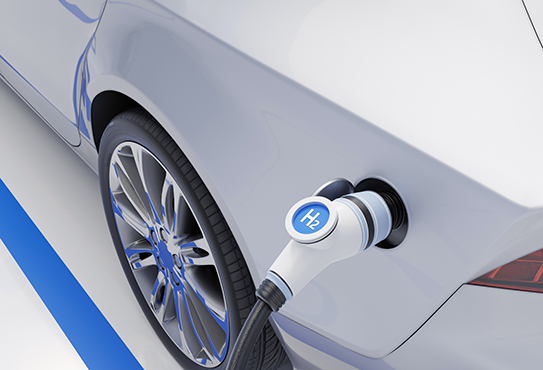Implats seeks to deliver sustained value to its stakeholders. This is achieved by leveraging, strengthening and growing the Group’s competitive mineral portfolio and collection of processing assets, and through its commitment to sustainable development, operational excellence and an optimal capital allocation framework.

Living the Implats Way
Our purpose is to create a better future. We accomplish this through the metals we produce, the way we do business and through our superior performance.
Read more











